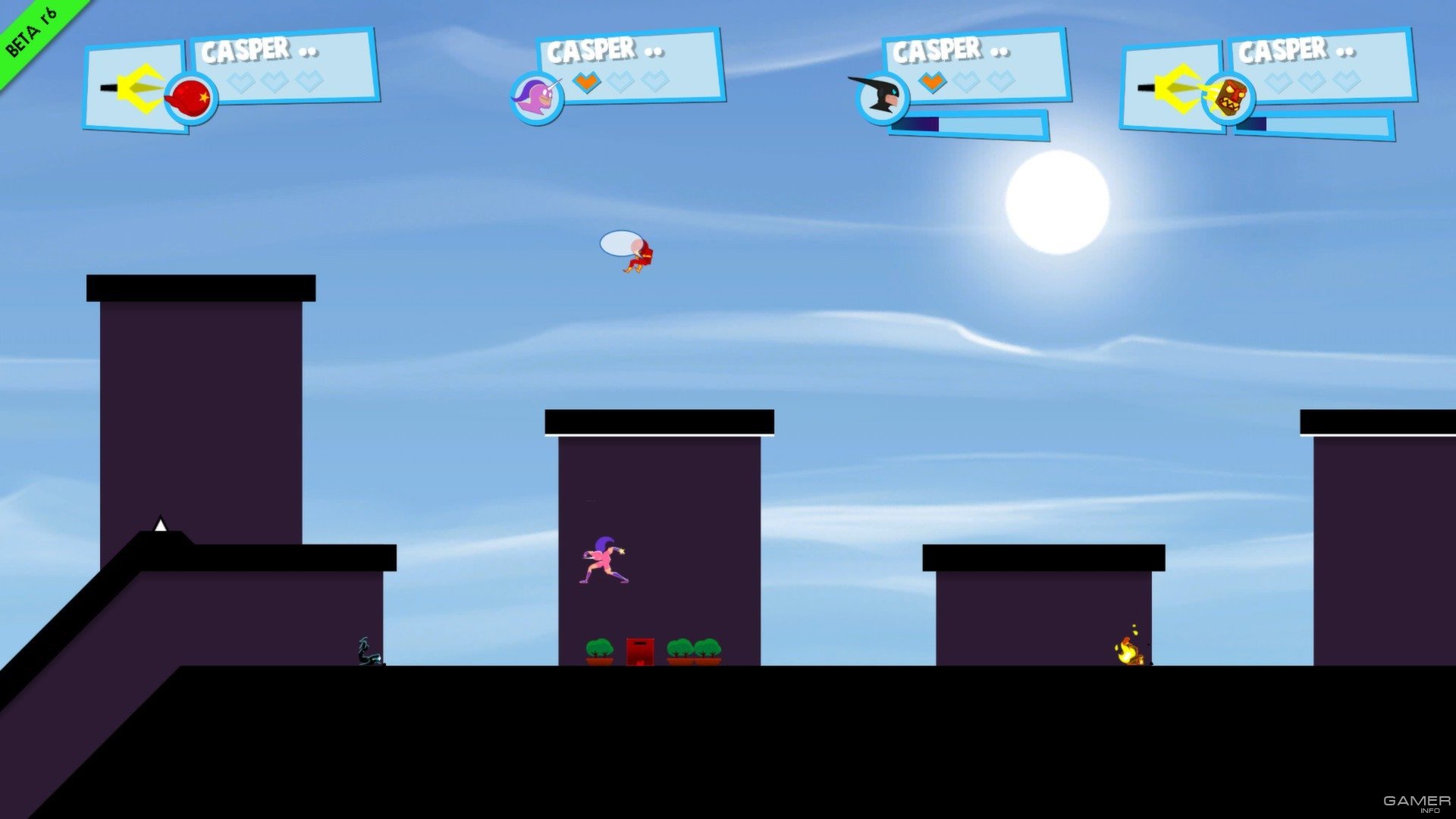

Their speedrun display is the product of often hundreds of hours in practice spent replaying a single game over and over. The panel brought up the frequent comment from onlookers who say speedrunners don’t take the time to enjoy a game by rushing through, which is silly when you consider how much time a speedrunner spends with a given game. Speedrunners will also look to let’s plays and other YouTube videos of the games they’re trying to speedrun to uncover tricks. The biggest source of speedrun exploits, however comes from communities surrounding games working together to uncover tricks. The panel pointed to Source games (Half-Life 2, Left 4 Dead, etc.) as an example of an engine with exploitable speedrun mechanics that typically persist game to game. Often, games built with the same engines will encounter the same exploits from game to game.

#Speedrunners game opens to left code
With older games, speedrunners will look through a game’s code to try and uncover secrets, as well. People assume speedrunners just walk around in a video game until something crazy happens to uncover glitches and fast routes, and while that’s not an entirely unreasonable assumption, most speedrun routes and glitches are found when mistakes occur. The panel also dove into some of the practices that go into pulling off a good speedrun.

The group talked about some of the its difficulties and successes with its Awesome Games Done Quick and Summer Games Done Quick events, which combined raised just short of $2 million, and had more than 3 million viewers each. The panel was hosted by Games Done Quick’s Christopher Grant, Awesome Games Done Quick organizer Mike Uyama, Summer Games Done Quick organizer Andrew Schroeder, and speedrun streamer Benjamin Bowman. Games Done Quick, the speedrun promoting, raising money for charity organization hosted a panel at PAX that detailed the culture of speedrunning, and how it has turned it into a nonprofit business.


 0 kommentar(er)
0 kommentar(er)
